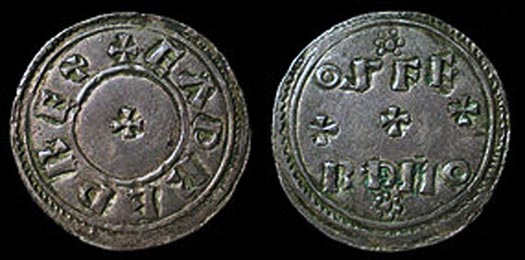Jump to navigation Jump england v russia ladies search For more in-depth, albeit general, information see Football in England. Women’s football has been played in England for over a century, sharing a common history with the men’s game as the country in which the Laws of the Game were codified.
Although women’s football was originally very popular in the early 20th century, after an almost terminal decline it has only been since the 1990s that the game has seen a large increase in female players, as well as in spectators, culminating in England hosting the Women’s European Championships in 2005. It is impossible to say at what point women began to play football, just as much of the history of the men’s game is uncertain. As football developed from a disorganised village sport into a codified game with more spectators than players at the end of the 19th century, women’s football similarly developed. In this period, it was not only Helen Graham Matthews leading the way for women in football, however. The budding interest in football amongst women may initially have been seen as a benefit by football clubs. In 1885, seeking to curb the more boisterous behaviour of male spectators, Preston North End began offering free admission to women in the hope that their presence would restrain the men. As the First World War began in Europe, women’s football games began being played for charity, their profile helped by the way that, when women started to work in the munitions factories, they also began to be invited to join the remaining men’s kick-arounds outside working hours.
After the First World War the idea of women’s international games emerged. In 1921, however, as war faded into the background, there was renewed concern about the presence of women in football. For several decades this decision meant that women’s football virtually ceased to exist. Today, the FA directly runs the top women’s competitions. WSL conducted a summer season contained entirely within a calendar year, whilst the Premier League continues to operate on the traditional winter season spanning two calendar years.
Following an abbreviated spring season in 2017, women’s football is moving to a parallel calendar to the premier league starting in the fall of 2017. The women’s football pyramid was significantly reorganised in 2014. The WSL added a second division known as WSL 2, with the original WSL becoming WSL 1. The Premier League’s regional North and South Divisions became the third level of the pyramid, with the Combination Women’s Football Leagues becoming the fourth level. The Women’s FA Cup secured its first sponsorship deal with SSE as a sign of the huge resurrection women’s football has seen since London 2012. Despite sponsorship, entering the tournament actually costs clubs more than they get in prize money.
The women’s game in England took a hit following the 2012 Olympics after England was unable to advance from the group stages at Women’s EURO 2013 in Sweden, which led to Hope Powell’s departure as manager and the appointment of Welshman Mark Sampson. The national league system in women’s football in England is currently operated by The FA, with the WSL at the top. WSL was operated on a licence system with no promotion or relegation, similar to the system used in rugby league’s Super League. The WSL replaced the FA Women’s Premier League at the top of the system. The Premier League is divided into six leagues over two divisions: the FA Women’s Premier League Northern Division and the FA Women’s Premier League Southern Division sits above four Division One leagues. Below the Premier League are eight regional leagues. Below the regional leagues are the county leagues.




